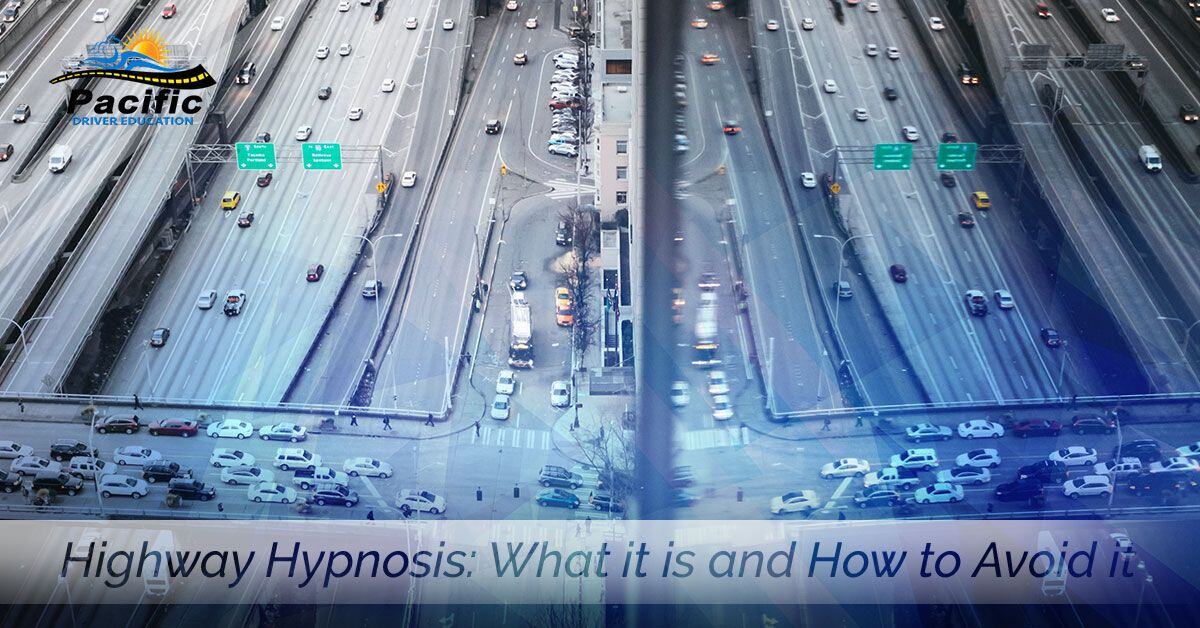Have you ever started out on a journey, traveled a great distance and then ended up at your destination with little recollection of the trip in between? If you have then you have not entered the Twilight Zone. You are in instead likely to have undergone a phenomenon called “highway hypnosis.” Highway hypnosis (or white line fever) is a trance-like mental condition that some people undergo after having traveled great distances. It is brought upon by the monotony of the road. Obviously, this creates a hazard for the all motorists including those who are paying attention to their environment. At Pacific Driver Education, where you can learn to drive in Beaverton, Oregon, we would like to give you the following tips to avoid this hazardous state.



